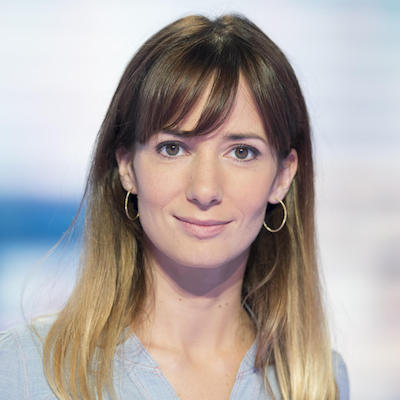Invest in tools and talent, and newsrooms can finish the job
The news industry is a technology- and talent-based industry that has for decades neglected investment in both.
It has taken its tools for granted, relying on others to develop the technologies it relies on. It’s surrendered a long history of being technology makers (in print, in broadcasting) and effectively resigned itself to being technology takers (adapting general-purpose technologies, relying on third-party platforms).
It has taken its people for granted, with little investment in lifelong training and professional development, and with the confidence — even arrogance — of having always been an attractive destination for editorial talent. It has obscured how many (and who) are leaving, as well as the fact that it increasingly needs excellent data, product, and tech talent to succeed — talent it often struggles to attract and retain.
Having invested so little in its future, much of the legacy news industry is now finding that it may not have one.
In 2022, I think the gap will grow between the titles willing to break with this tradition — to make serious investments in tools and talent — and everyone else. That’s especially clear in a context characterized by very strong winner-takes-most dynamics at every level of the media economy.
Those who invest are more likely to be among the few winners in an unforgiving market. Those who don’t are more likely to be among the many losers.
It’s up to news media executives and owners whether they will make these investments. Whether they do or not will reveal a lot about how they see the future of their companies.
The difference between resigning oneself to managing decline and actively investing in the future is not about peppering presentations with mentions of AI, big data, and blockchain, or appointing a head of talent with no budget or power. It’s about committing real resources to drive real change.
So let’s follow the money. Tools and technologies first. Detailed statistics aren’t available, but aggregate numbers make clear that the news media invests far less in R&D than most other industries. OECD research puts R&D investment in the publishing industry at 0.57% of gross value added, broadcasting at 0.32%. The furniture industry invests more than twice that (1.17%) and textiles more than three times (1.73%). The average R&D share across all industries is estimated at 5%. That’s almost ten times publishing’s investment.
What about training then? Looking at formal training, another OECD study suggests that average investment across all industries in a range of countries is 2.6% of gross value added and that 18% of employees join formal training programs each year. I don’t know of any statistics on news media specifically, but would love to hear about publishers who believed so much in their teams and the future that they invest that kind of resource in helping them constantly develop. I can’t say I know of many who do.
Let that sink in. For all the talk of digital transformation — and decades into a huge transformation in how people access information and use media, a profound disruption of inherited business models, and faced with the fiercest competition for attention in human history — much of the media industry has basically not invested a meaningful percentage of still significant revenues in figuring out what the future might be, or in developing the tools and talent they need to find carve out their place in it.
If the global newspaper industry alone invested just 5% of revenues in R&D and 2% in formal training (the industry averages mentioned above), that would be billions of dollars dedicated to figuring out the future of journalism every year. The furniture industry seems able to invest in its future. Maybe we can, too?
The main actors who have the power to drive that change are news executives and media owners. Some of them, quite rationally, won’t want to because they don’t believe there will be a short-term return. This, of course, is why there is one of the reasons that there has been so little investment. But however understandable that may be, from the point of view of journalists — and in terms of journalism’s long-term prospects for delivering public value — that’s not going to cut it.
So I hope news executives will consider their priorities, and that journalists will examine their company’s long-term commitment to the business of news by finding out what percentage of revenues they are investing in R&D and in training and professional development.
It’s not about throwing money at absent-minded boffins in a remote lab. It’s about making serious, sustained investments in developing the tools and the talent that the news industry needs to succeed.
Executives and owners may protest that only big successful titles like The New York Times, national market leaders like Sweden’s Dagens Nyheter, or publicly funded media like the BBC can afford to invest.
But that’s simply not true. Malaysiakini, an online newspaper in Malaysia, invests significant resources in product development. The Daily Maverick in South Africa is committed to professional and personal development. These aren’t huge, lucrative companies; they operate in very challenging markets — and yet still they invest. It’s a question of priorities, and of whether executives and owners believe in a long-term future.
Without investment, what are you going to have in the end? A newsroom consigned to rewriting wire copy and press releases for a generic website bloated with programmatic ads and pushed across whatever formats the big platforms are offering up?
With investment in tools and talent, on the other hand, journalism can and will be so much more. I think 2022 will further demonstrate that if we give newsrooms the tools and invest in the talent, they can finish the job by delivering editorially as well as commercially.
Rasmus Kleis Nielsen is Director of the Reuters Institute for the Study of Journalism and Professor of Political Communication at the University of Oxford.

The news industry is a technology- and talent-based industry that has for decades neglected investment in both.
It has taken its tools for granted, relying on others to develop the technologies it relies on. It’s surrendered a long history of being technology makers (in print, in broadcasting) and effectively resigned itself to being technology takers (adapting general-purpose technologies, relying on third-party platforms).
It has taken its people for granted, with little investment in lifelong training and professional development, and with the confidence — even arrogance — of having always been an attractive destination for editorial talent. It has obscured how many (and who) are leaving, as well as the fact that it increasingly needs excellent data, product, and tech talent to succeed — talent it often struggles to attract and retain.
Having invested so little in its future, much of the legacy news industry is now finding that it may not have one.
In 2022, I think the gap will grow between the titles willing to break with this tradition — to make serious investments in tools and talent — and everyone else. That’s especially clear in a context characterized by very strong winner-takes-most dynamics at every level of the media economy.
Those who invest are more likely to be among the few winners in an unforgiving market. Those who don’t are more likely to be among the many losers.
It’s up to news media executives and owners whether they will make these investments. Whether they do or not will reveal a lot about how they see the future of their companies.
The difference between resigning oneself to managing decline and actively investing in the future is not about peppering presentations with mentions of AI, big data, and blockchain, or appointing a head of talent with no budget or power. It’s about committing real resources to drive real change.
So let’s follow the money. Tools and technologies first. Detailed statistics aren’t available, but aggregate numbers make clear that the news media invests far less in R&D than most other industries. OECD research puts R&D investment in the publishing industry at 0.57% of gross value added, broadcasting at 0.32%. The furniture industry invests more than twice that (1.17%) and textiles more than three times (1.73%). The average R&D share across all industries is estimated at 5%. That’s almost ten times publishing’s investment.
What about training then? Looking at formal training, another OECD study suggests that average investment across all industries in a range of countries is 2.6% of gross value added and that 18% of employees join formal training programs each year. I don’t know of any statistics on news media specifically, but would love to hear about publishers who believed so much in their teams and the future that they invest that kind of resource in helping them constantly develop. I can’t say I know of many who do.
Let that sink in. For all the talk of digital transformation — and decades into a huge transformation in how people access information and use media, a profound disruption of inherited business models, and faced with the fiercest competition for attention in human history — much of the media industry has basically not invested a meaningful percentage of still significant revenues in figuring out what the future might be, or in developing the tools and talent they need to find carve out their place in it.
If the global newspaper industry alone invested just 5% of revenues in R&D and 2% in formal training (the industry averages mentioned above), that would be billions of dollars dedicated to figuring out the future of journalism every year. The furniture industry seems able to invest in its future. Maybe we can, too?
The main actors who have the power to drive that change are news executives and media owners. Some of them, quite rationally, won’t want to because they don’t believe there will be a short-term return. This, of course, is why there is one of the reasons that there has been so little investment. But however understandable that may be, from the point of view of journalists — and in terms of journalism’s long-term prospects for delivering public value — that’s not going to cut it.
So I hope news executives will consider their priorities, and that journalists will examine their company’s long-term commitment to the business of news by finding out what percentage of revenues they are investing in R&D and in training and professional development.
It’s not about throwing money at absent-minded boffins in a remote lab. It’s about making serious, sustained investments in developing the tools and the talent that the news industry needs to succeed.
Executives and owners may protest that only big successful titles like The New York Times, national market leaders like Sweden’s Dagens Nyheter, or publicly funded media like the BBC can afford to invest.
But that’s simply not true. Malaysiakini, an online newspaper in Malaysia, invests significant resources in product development. The Daily Maverick in South Africa is committed to professional and personal development. These aren’t huge, lucrative companies; they operate in very challenging markets — and yet still they invest. It’s a question of priorities, and of whether executives and owners believe in a long-term future.
Without investment, what are you going to have in the end? A newsroom consigned to rewriting wire copy and press releases for a generic website bloated with programmatic ads and pushed across whatever formats the big platforms are offering up?
With investment in tools and talent, on the other hand, journalism can and will be so much more. I think 2022 will further demonstrate that if we give newsrooms the tools and invest in the talent, they can finish the job by delivering editorially as well as commercially.
Rasmus Kleis Nielsen is Director of the Reuters Institute for the Study of Journalism and Professor of Political Communication at the University of Oxford.
Kristen Muller

AX Mina

Rasmus Kleis Nielsen

David Cohn

Amara Aguilar

S. Mitra Kalita
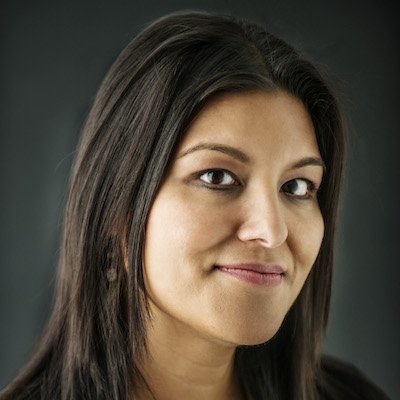
Ståle Grut

Mandy Jenkins

Natalia Viana

Laxmi Parthasarathy

Parker Molloy

Victor Pickard

Janelle Salanga

Matthew Pressman

Shalabh Upadhyay

Brian Moritz

Jessica Clark

Simon Allison

Joshua P. Darr

Doris Truong

Jesenia De Moya Correa

Jonas Kaiser

j. Siguru Wahutu
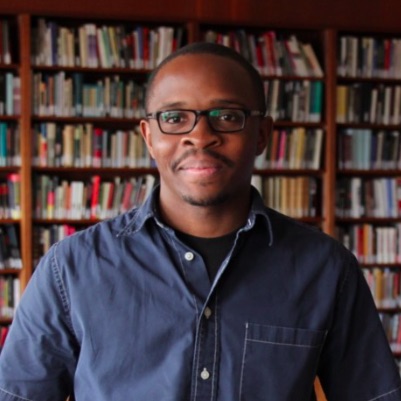
Simon Galperin

Stefanie Murray

Zizi Papacharissi

Millie Tran

Joanne McNeil

Cristina Tardáguila

Kerri Hoffman
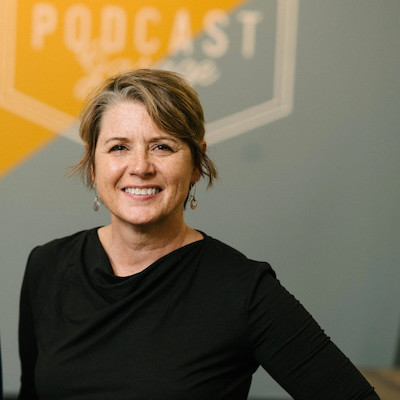
Tamar Charney

Julia Munslow

Tom Trewinnard

Mary Walter-Brown

Robert Hernandez

Don Day

Jesse Holcomb

Burt Herman

Meena Thiruvengadam
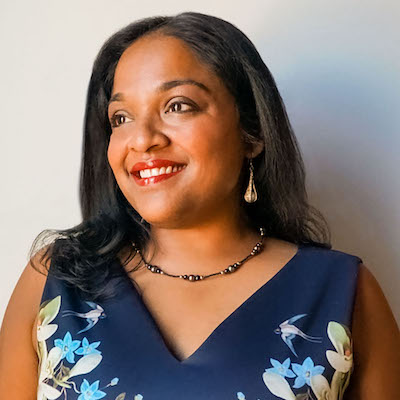
James Green

Christoph Mergerson

Jim Friedlich

David Skok

Larry Ryckman

Chase Davis

Paul Cheung

Sam Guzik

Gonzalo del Peon

Francesco Zaffarano

Moreno Cruz Osório

Matt DeRienzo

Joy Mayer

Raney Aronson-Rath

Cherian George
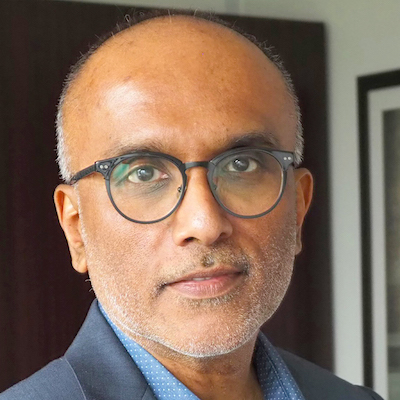
Nikki Usher

Matt Karolian
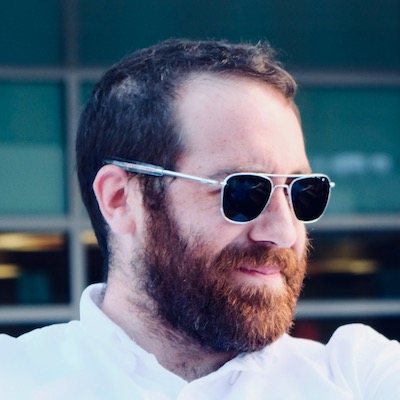
Megan McCarthy

Kendra Pierre-Louis

Tony Baranowski

Cindy Royal

Anika Anand

Izabella Kaminska
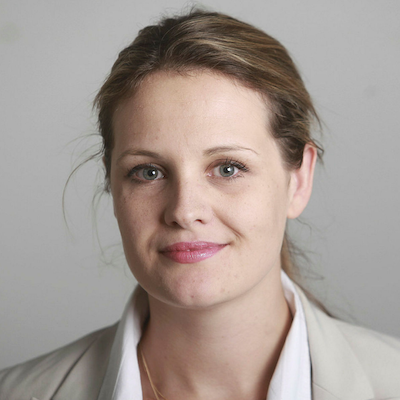
Joni Deutsch

Candace Amos

Michael W. Wagner

Andrew Freedman

Richard Tofel

Julia Angwin

Juleyka Lantigua

Jennifer Coogan

Whitney Phillips

Gordon Crovitz

Anita Varma

Christina Shih

A.J. Bauer

Melody Kramer

Chicas Poderosas

Mario García
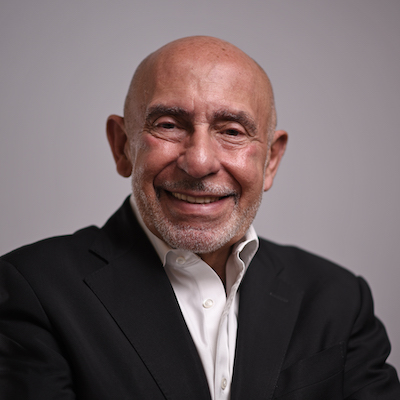
Sarah Stonbely

Shannon McGregor Carolyn Schmitt

Amy Schmitz Weiss

Wilson Liévano

Kathleen Searles Rebekah Trumble

Sarah Marshall

Catalina Albeanu

Jody Brannon

Errin Haines

Eric Nuzum

Stephen Fowler

Anthony Nadler

Jennifer Brandel

Daniel Eilemberg

Mike Rispoli

Kristen Jeffers

Rachel Glickhouse

Gabe Schneider

John Davidow

Joe Amditis

Ariel Zirulnick

Alice Antheaume
